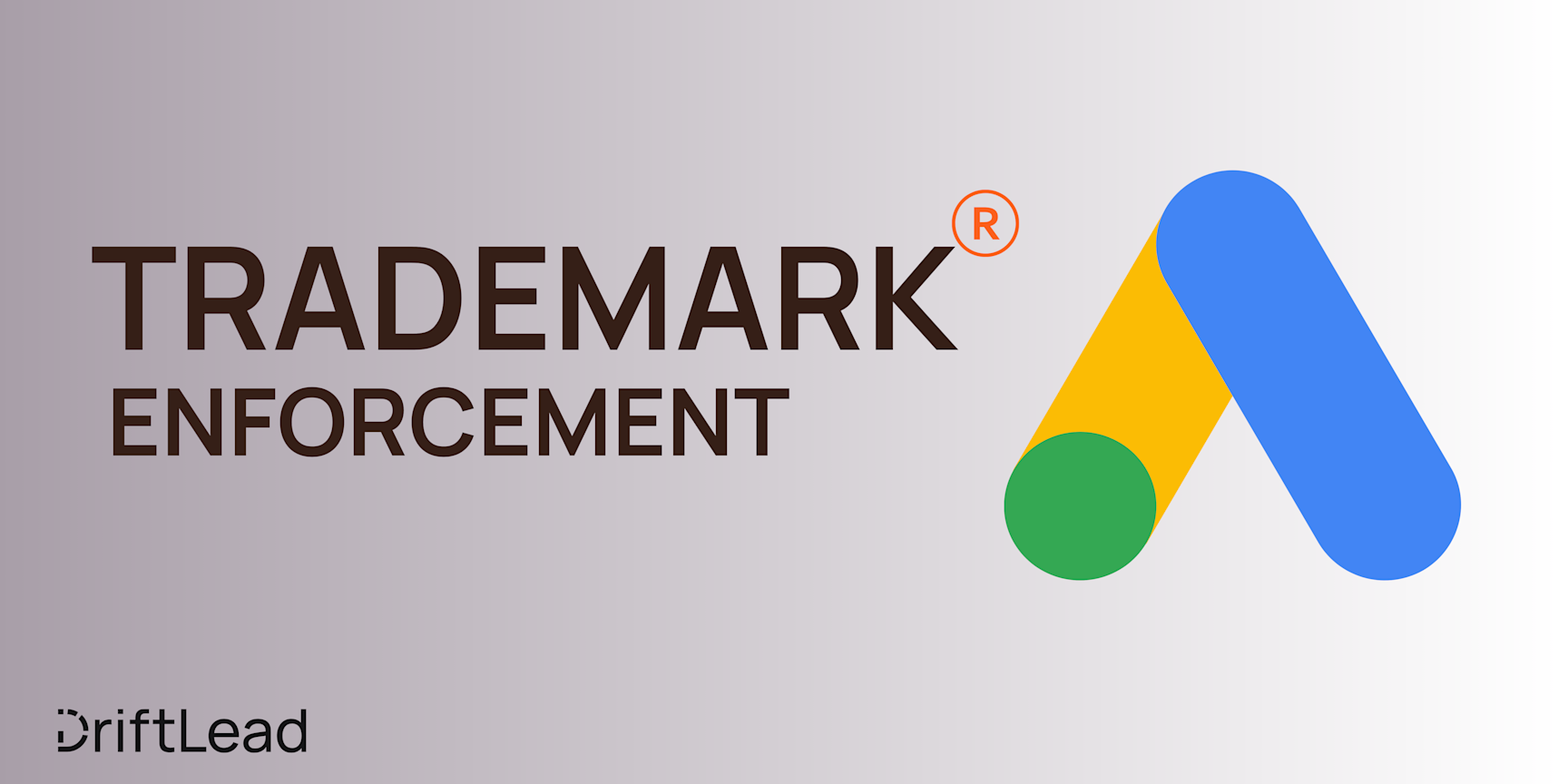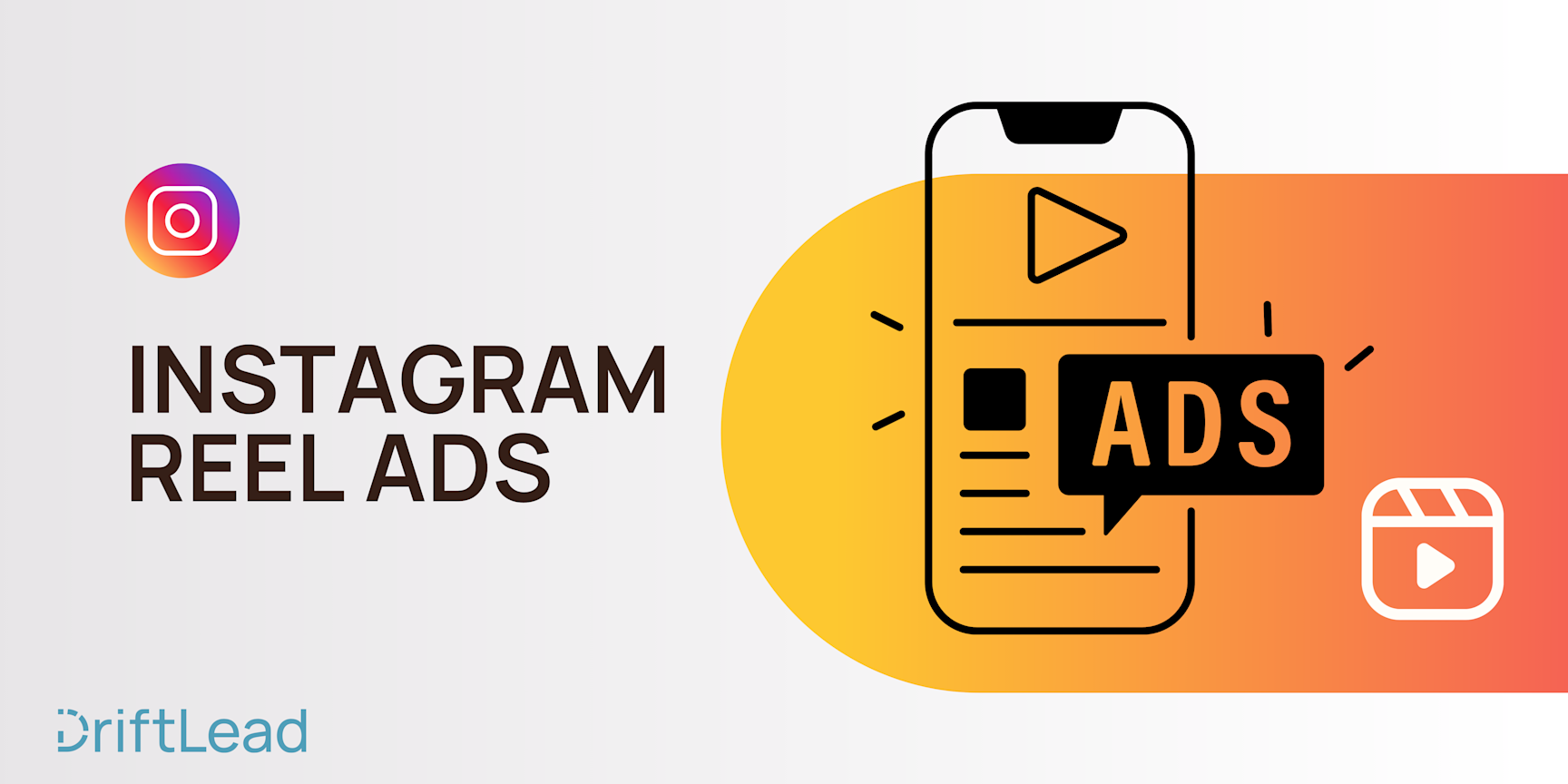How Much Does it Cost to Put Ads on YouTube in 2024
03 Jan, 2025
Learn about YouTube advertising costs in 2025, in this article, we discuss ad formats, pricing models, and budget strategies to maximize your ROI.
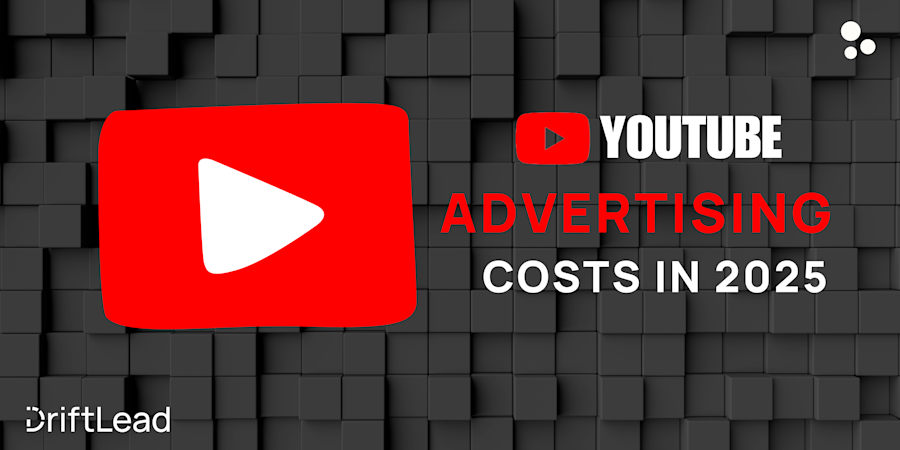
Jump to:
Hop on our weekly newsletter train! We're sharing tips so stellar, we're practically job-threatening ourselves!
YouTube advertising has become one of the most popular ways to reach a target audience in 2025, and for good reason—whether you've got $10 a day to spend or $10,000, there's a way to make it work for your business. What makes YouTube advertising shine is the targeting capabilities—compared to traditional media buying, for example, you can get super specific about who sees your ads - we're talking interests, behaviors, demographics, you name it. Plus, you only pay when someone actually engages with your ad (watching at least 30 seconds or clicking through), so you're not wasting money on people who aren't interested. The platform has come a long way, now making up nearly 10% of all viewership on connected and traditional TVs in the U.S. That's huge. And with various ad formats to choose from - whether it's those short, punchy bumper ads or longer in-stream videos - you can tell your story exactly how you want to.
In this guide, we'll break down exactly what you can expect to pay for YouTube advertising in 2024, from the different ad formats available to the factors that influence your costs. We'll look at real numbers, practical strategies, and help you understand how to make your advertising budget work harder on YouTube.
Types of YouTube Ads and Their Costs
Let's break down each type of YouTube ad and what you can expect to pay in 2024.
Skippable In-Stream Ads
These ads appear before, during, or after videos and can be skipped after five seconds. They're one of the most cost-effective options, running between $0.10 to $0.30 per view. You only pay when viewers watch at least 30 seconds or engage with your ad.
Non-Skippable In-Stream Ads
Running 15-20 seconds long, these unskippable ads ensure your entire message reaches viewers. They cost around $6 to $10 per 1,000 impressions (CPM). While more expensive, they guarantee complete viewer attention.
Bumper Ads
These six-second, non-skippable ads pack a punch but come at a premium. Expect to pay around $10 CPM, though costs can climb to $20 CPM in some case. They're particularly effective for brand recall and quick messaging.
In-Feed Video Ads
Appearing on the YouTube homepage, search results, and related videos sections, these ads are budget-friendly at approximately $0.10 per view. They're an excellent option for small and medium-sized businesses looking to maintain visibility without breaking the bank.
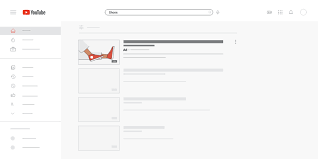
Masthead Ads
The premium option in YouTube advertising, Masthead ads appear at the top of the YouTube homepage for 24 hours. These are reservation-only and cost between $300,000 to $400,000 per day, reaching millions of users. During special events like Super Bowl Sunday, costs can climb to $1 million.
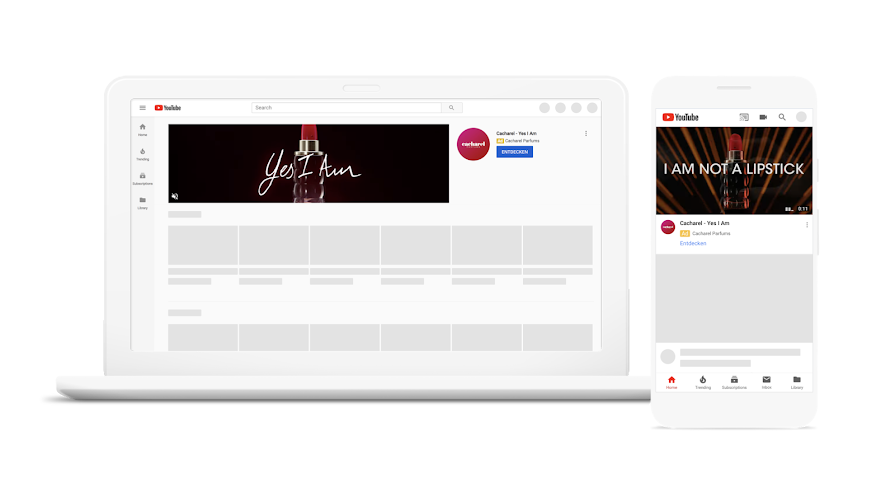
Cost Models
YouTube offers several pricing models to suit different campaign objectives:
Cost-per-view (CPV): Pay when viewers watch or interact with your ad
Cost-per-click (CPC): Pay when viewers click through to your site
Cost-per-thousand impressions (CPM): Pay based on how many times your ad is shown
Factors Affecting YouTube Ad Costs
Let's break down the key elements that influence how much you'll actually pay for YouTube advertising in 2024.
Bidding and Competition
Your costs largely depend on YouTube's auction-based system, similar to Google Ads. You'll be bidding against other advertisers for the same audience, with costs typically ranging from $0.10 to $0.30 per view. The more competitive your industry or target audience, the higher your costs may climb.
Targeting Choices
Your targeting decisions significantly impact costs. While the average CPM for YouTube ads falls between $4 to $10, geographic targeting can dramatically affect these numbers. For example, targeting users in the USA can skyrocket your CPMs to $30+.
Seasonal Factors
Just like retail prices, YouTube ad costs fluctuate with seasonal demand. During peak shopping periods like Black Friday, Cyber Monday, and the holiday season, expect to pay more as competition increases. While these periods bring higher costs, they also typically deliver more engaged viewers actively looking to make purchases.
Ad Format Selection
Different ad formats come with varying price tags:
Skippable in-stream ads are typically the most cost-effective
Non-skippable ads command higher CPMs
Bumper ads often cost more per impression due to guaranteed viewership
How to Determine Your Daily Budget
Most businesses set daily budgets between $10 and $50 for their YouTube campaigns. For perspective, reaching 100,000 views typically costs around $2,000. But let's focus on what really matters - conversions and return on investment.
Here's how to strategically set your budget based on business goals:
Start with Your Revenue Target
If your average customer value is $500
You'll need 20 new customers monthly
With a 1.5% conversion rate (YouTube average), you'll need approximately 1,333 engaged views
At $0.026 per view, your monthly budget should be around $35
Consider the Full Funnel Impact
YouTube is primarily a top-of-funnel channel, meaning it excels at:
Brand awareness (viewers who later search for your brand)
Consideration (viewers who convert within 30 days)
Test and Scale Approach
Minimum $20/day for statistically significant data
Track both direct conversions and assisted conversions
Monitor view-through conversions for 30 days
Scale budget based on actual performance metrics
Best Practices for Cost-Effective Campaigns
Testing and Initial Setup
Start with a modest test budget, running campaigns for at least two weeks to gather meaningful data. This timeline is crucial because Google's learning phase can last up to a week, during which performance may fluctuate significantly.
Creative Optimization
When it comes to creative optimization, shorter ads typically generate higher view rates. If you can convey your message in 20 seconds instead of 30, opt for the shorter version. Consider rotating 2-3 different ads to prevent ad fatigue and maintain engagement levels.
Remarketing Strategy
Video remarketing presents a particularly cost-effective strategy. By targeting viewers who have already interacted with your channel or website, you can create highly specific audience lists that typically yield better conversion rates. This approach often results in lower costs per conversion while maintaining higher engagement rates.
Audience Targeting
Audience targeting precision is crucial for managing costs. While broader audiences might offer lower CPMs, the key is finding the sweet spot between reach and relevance. Test different targeting combinations in separate ad groups to identify the most cost-effective approach for your specific goals.
Bidding Optimization
For bidding strategies, start with a maximum CPV (Cost Per View) that aligns with your budget goals. Monitor your average CPV closely, and if it consistently runs lower than your maximum bid while maintaining steady performance, adjust your bid downward to optimize costs.
Full-Funnel Approach
Perhaps most importantly, implement a full-funnel strategy. According to Nielsen research, advertisers who run full-funnel YouTube campaigns see 10% higher ROI compared to those focusing on a single funnel stage. This means creating different campaigns for awareness, consideration, and conversion, each with its own budget and performance metrics.
The Bottom Line: Is YouTube Advertising Worth Your Investment?
YouTube advertising presents a unique opportunity for businesses of all sizes in 2025. With costs ranging from as little as $0.10 per view to premium options like Masthead ads, there's an entry point for every budget. Plus, with various ad formats available, from skippable in-stream ads to bumper ads, you can choose the format that best aligns with your marketing goals and budget.
Ready to leverage YouTube advertising for your business? DriftLead can help you create a customized YouTube advertising strategy that maximizes your ROI. Get your free marketing plan and discover how we can help you navigate the complexities of YouTube advertising to drive real results for your business.
